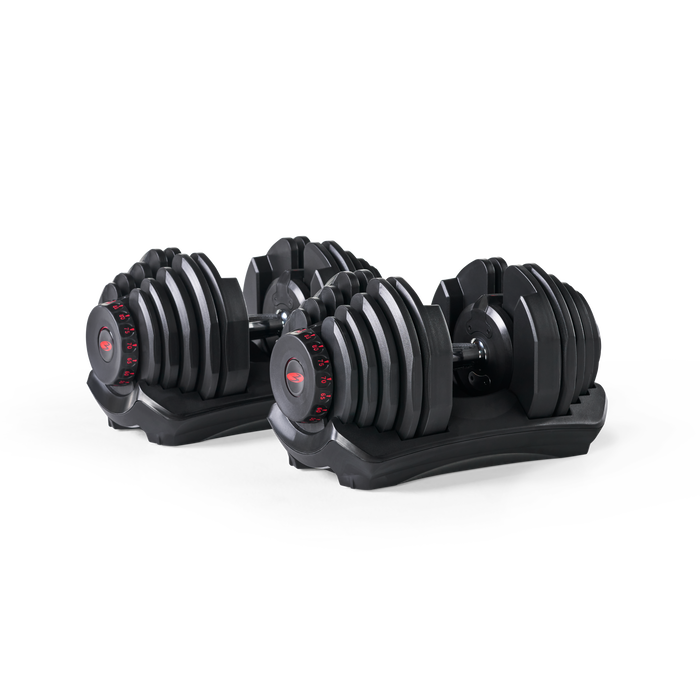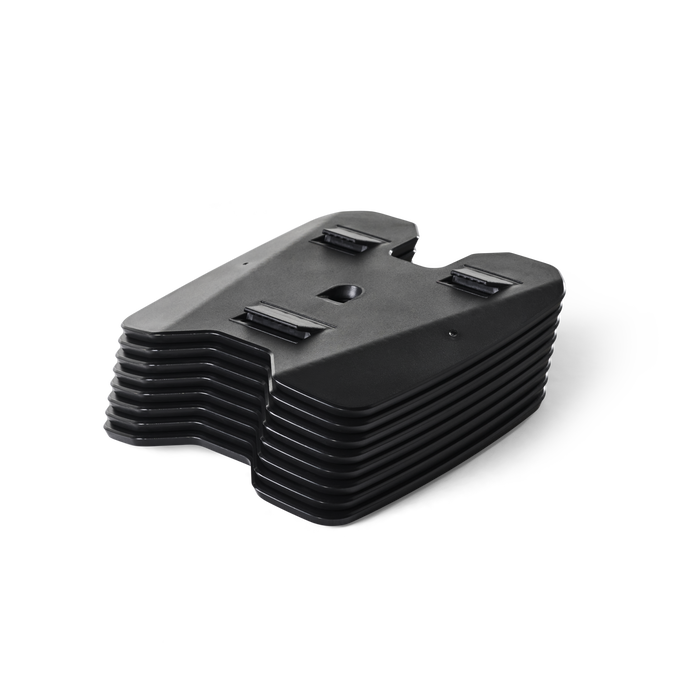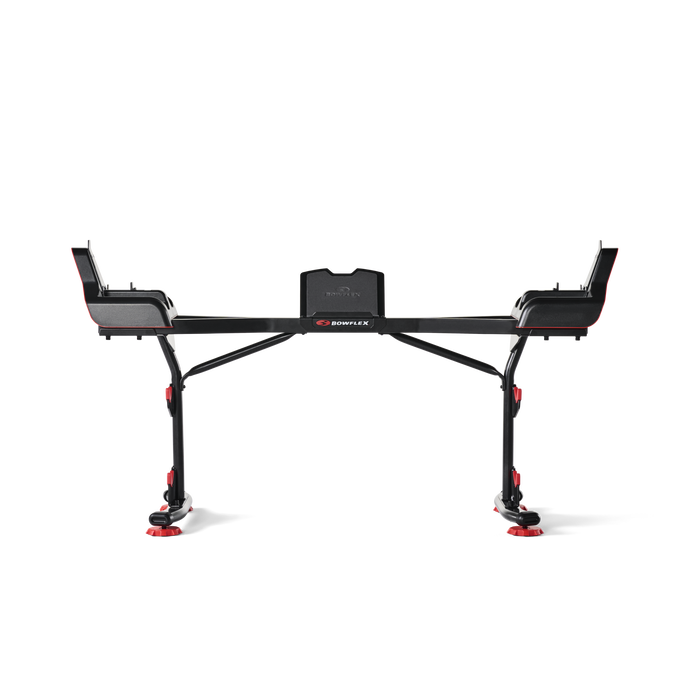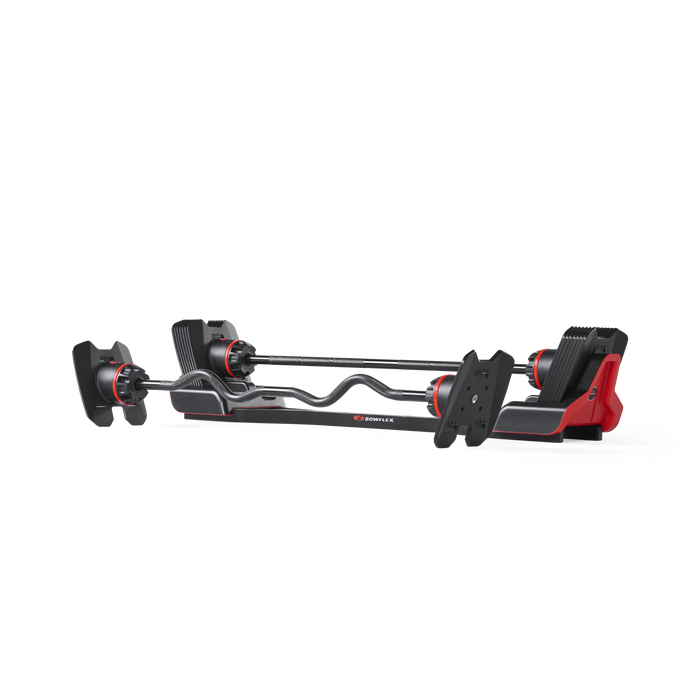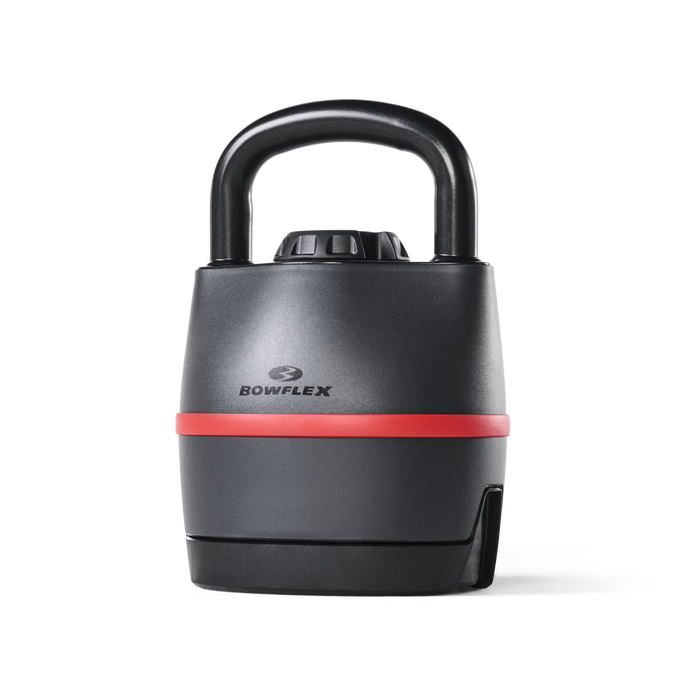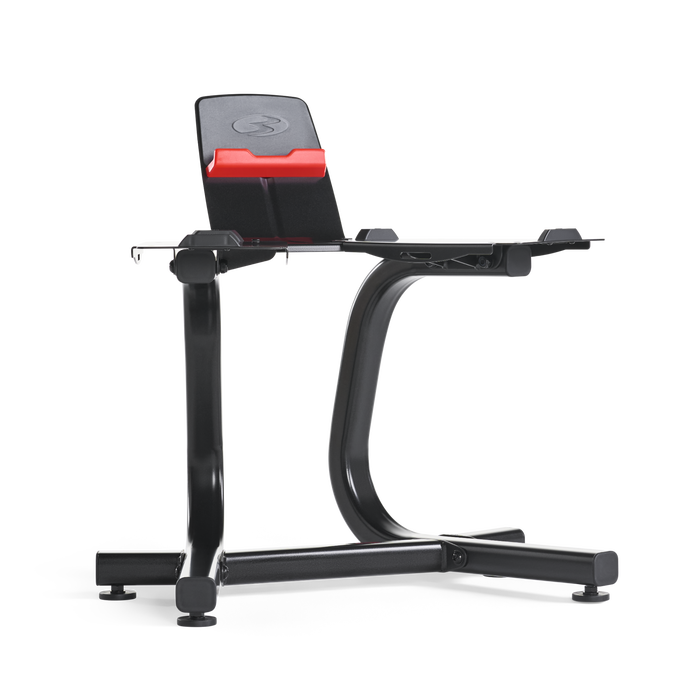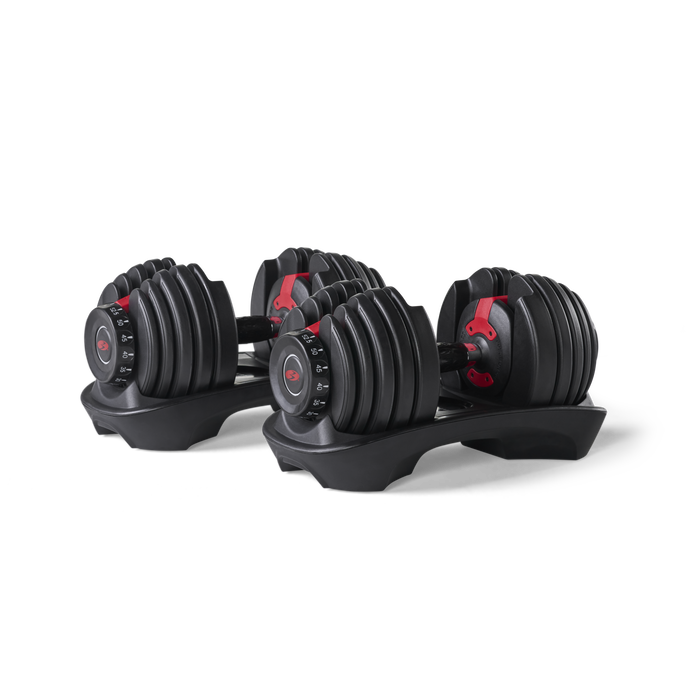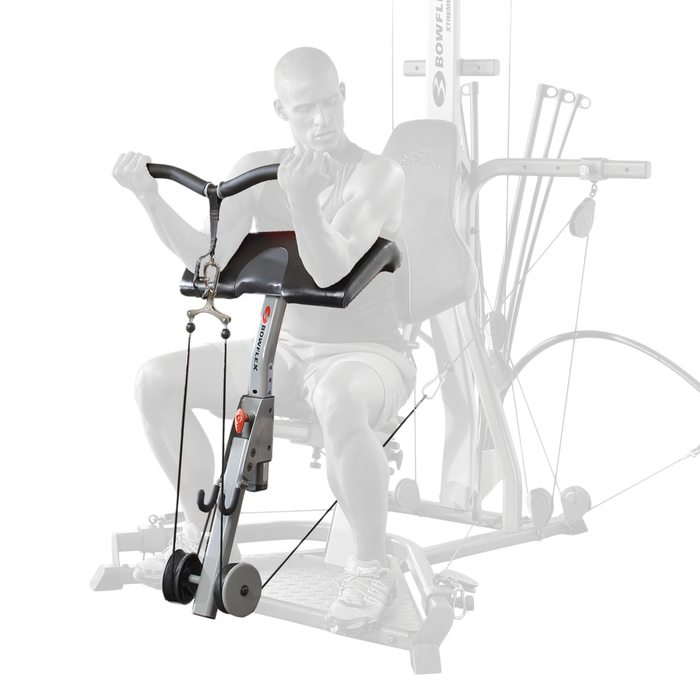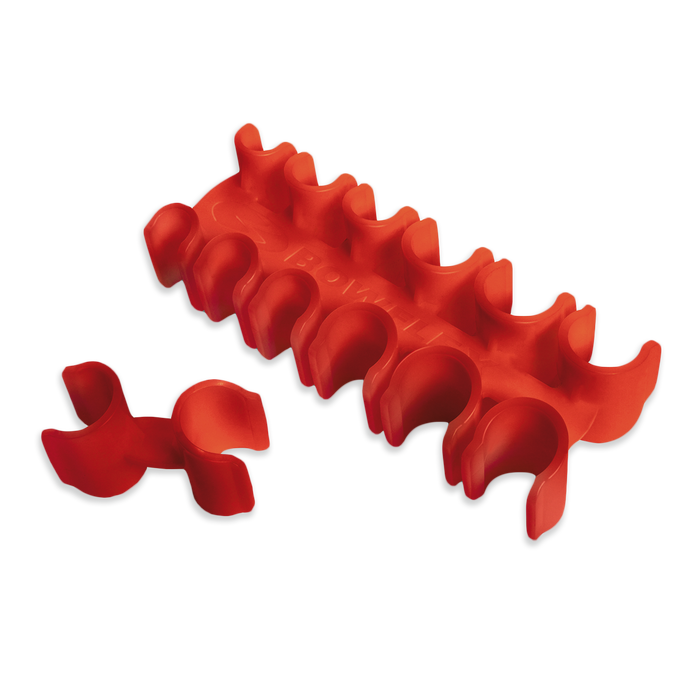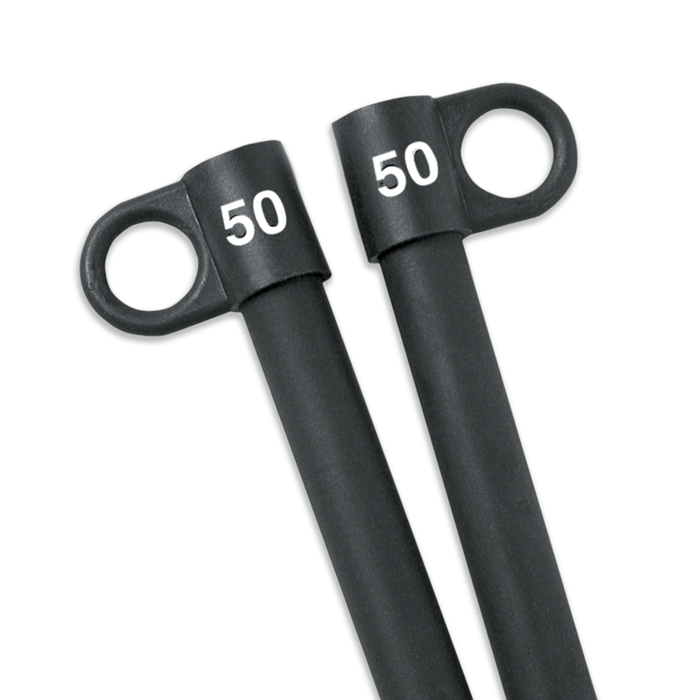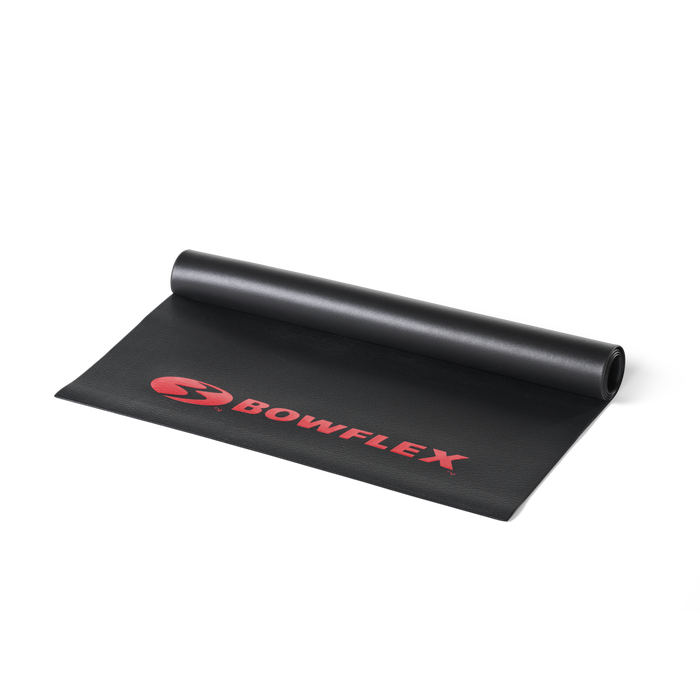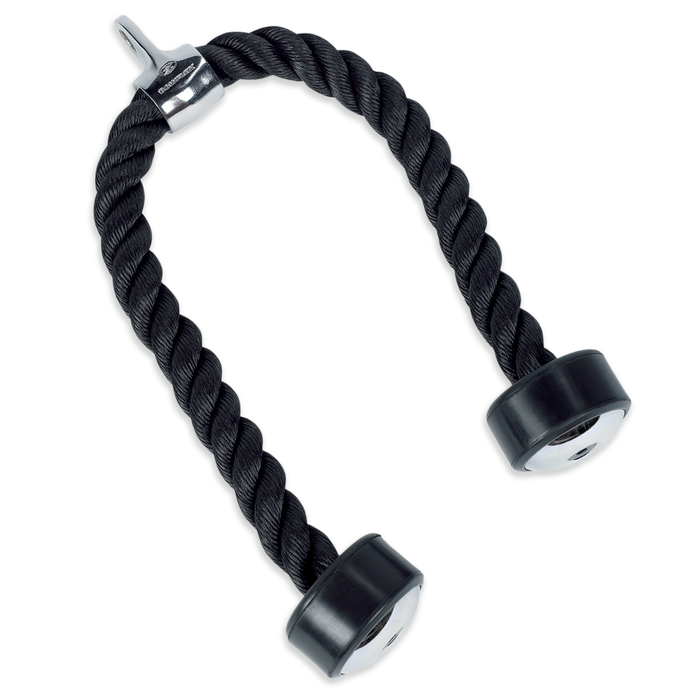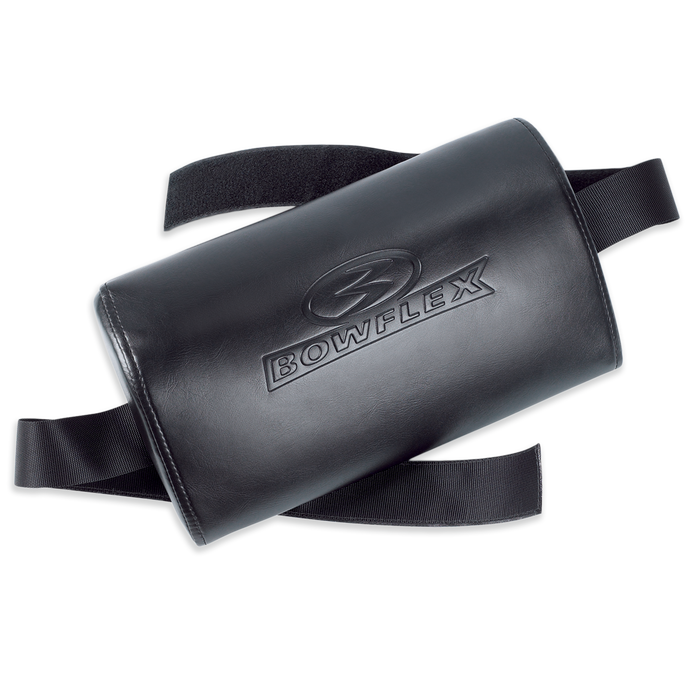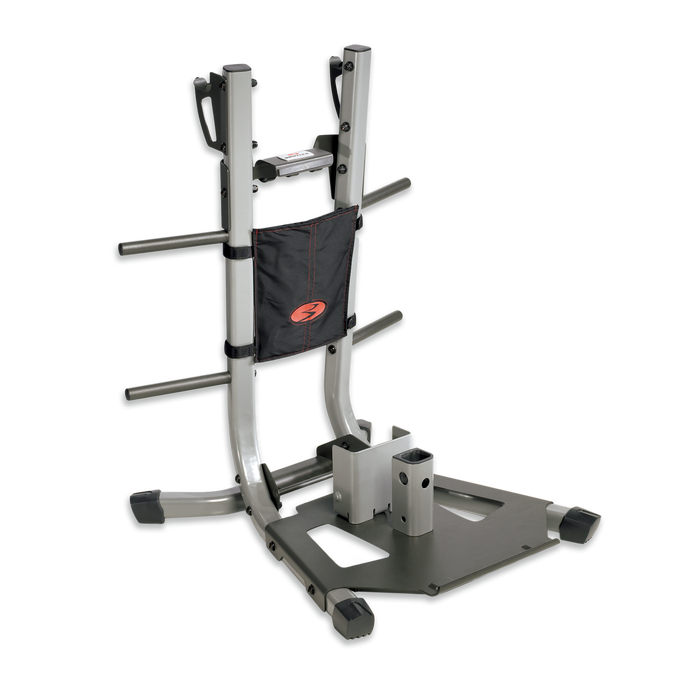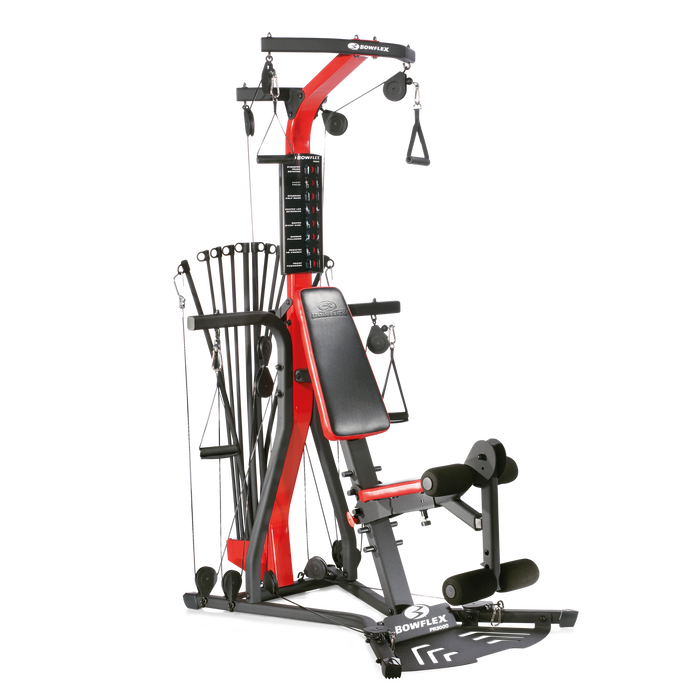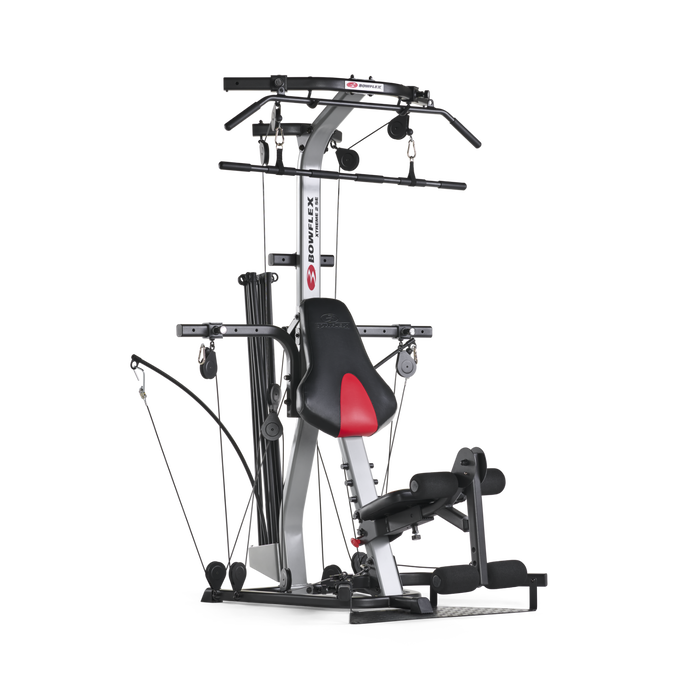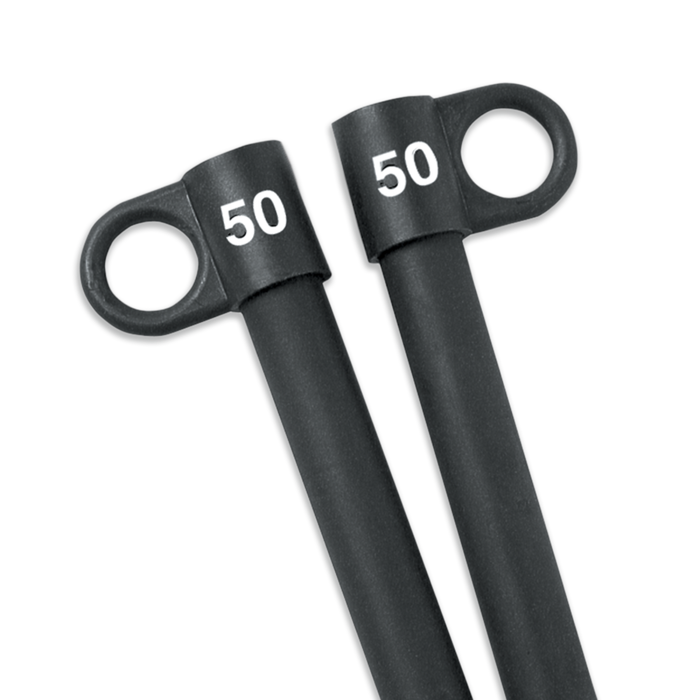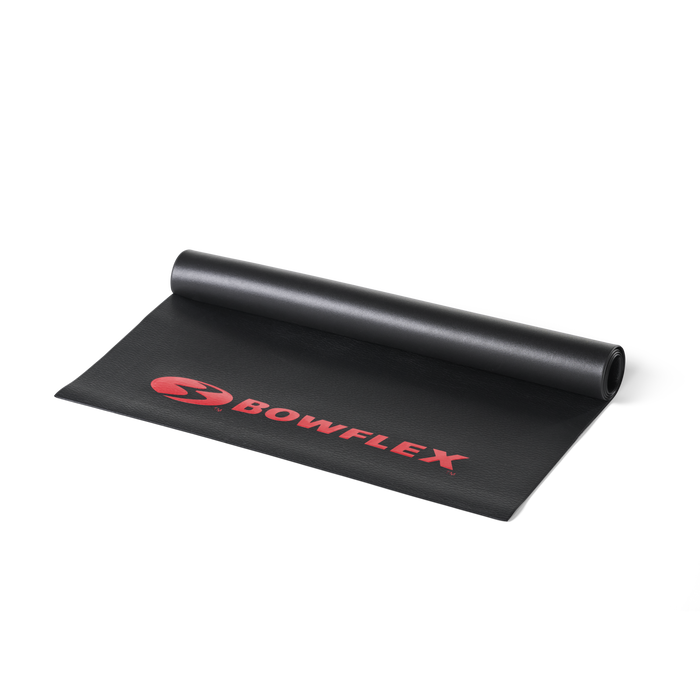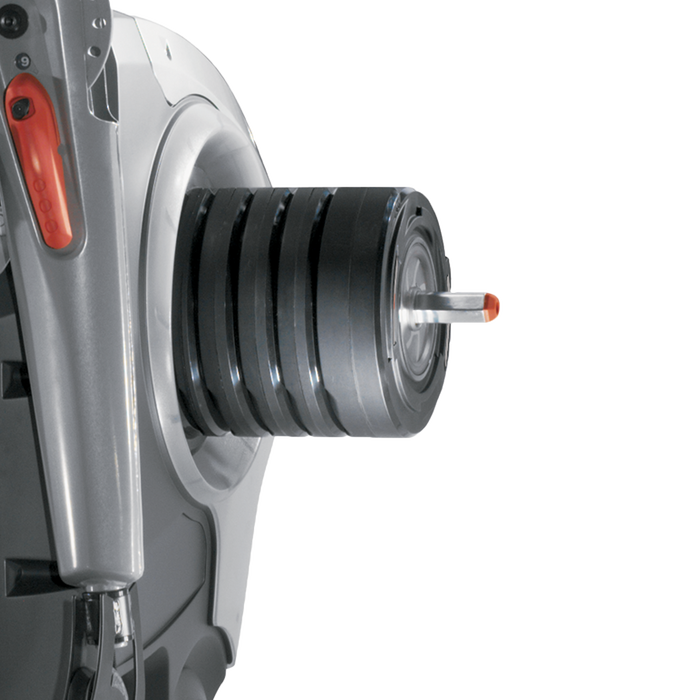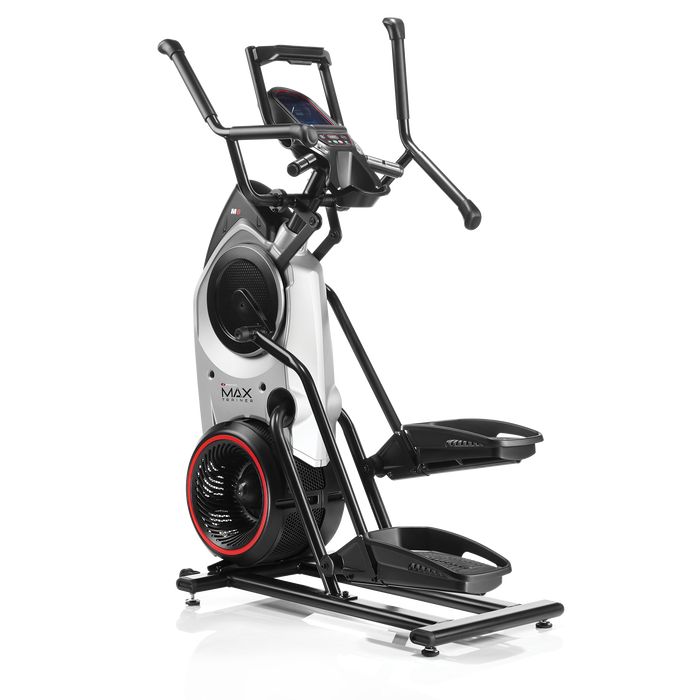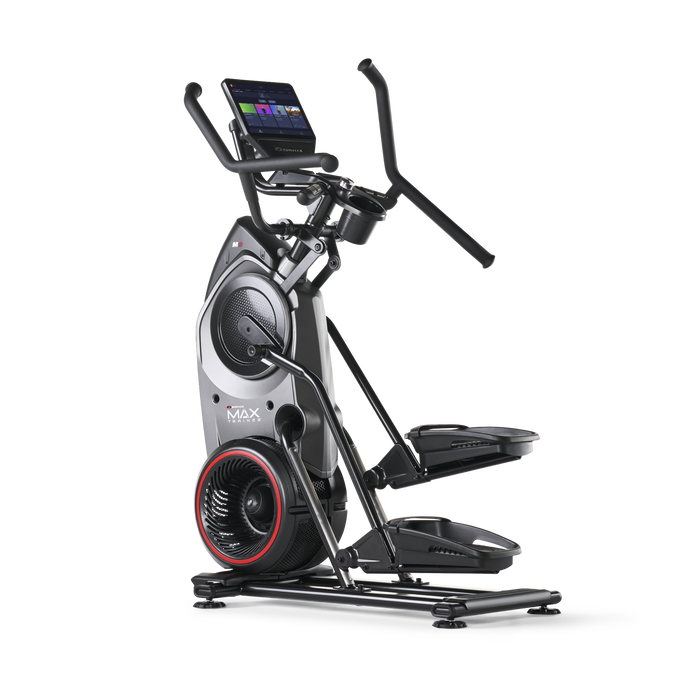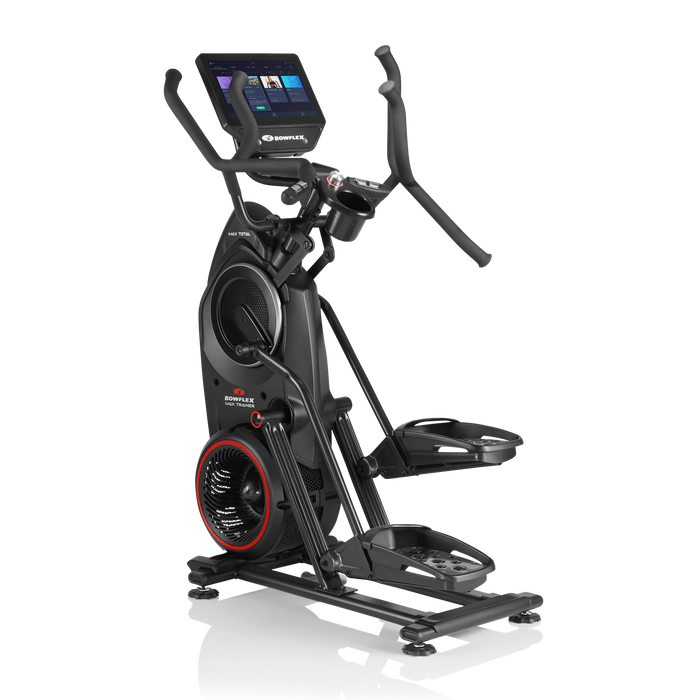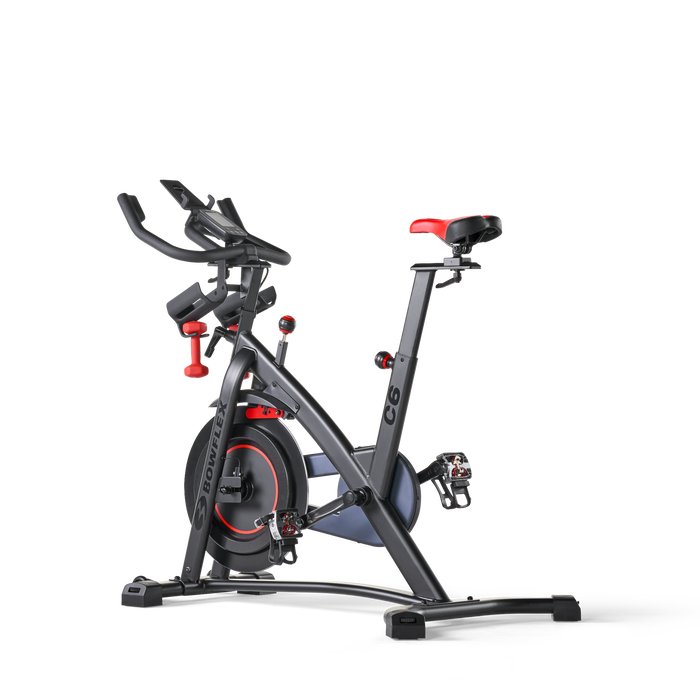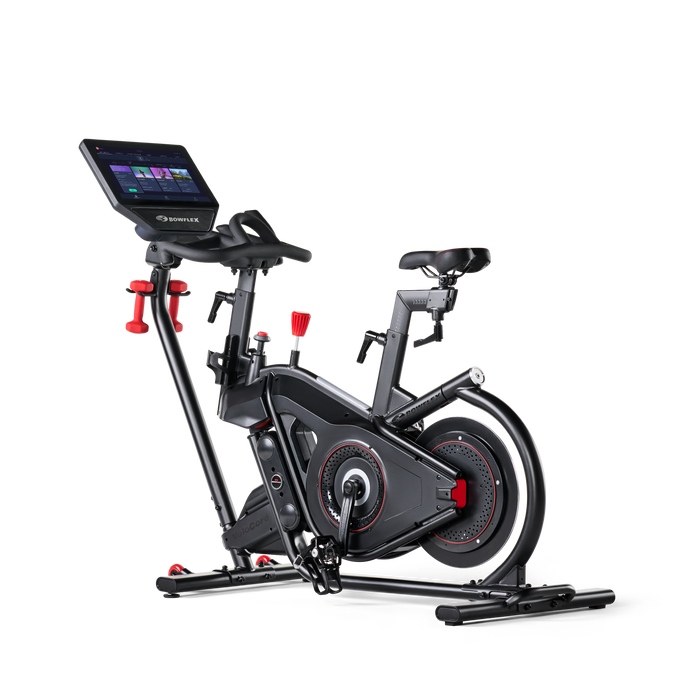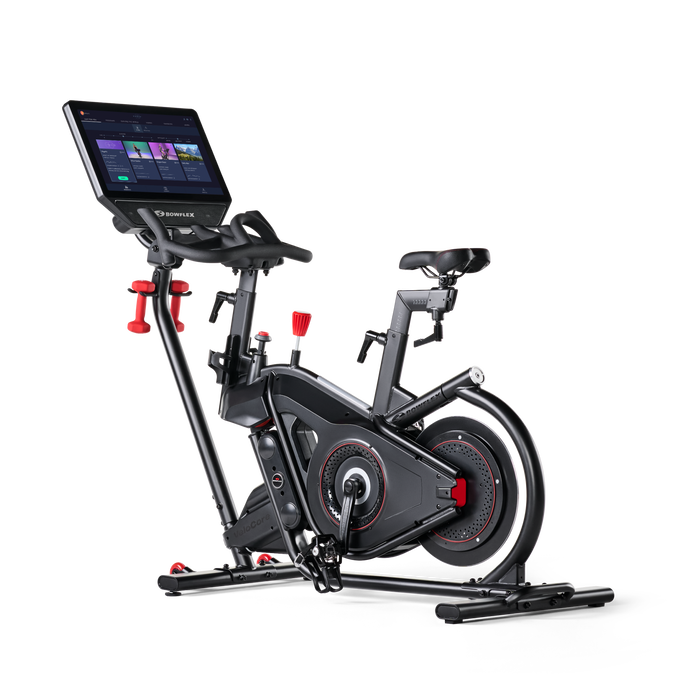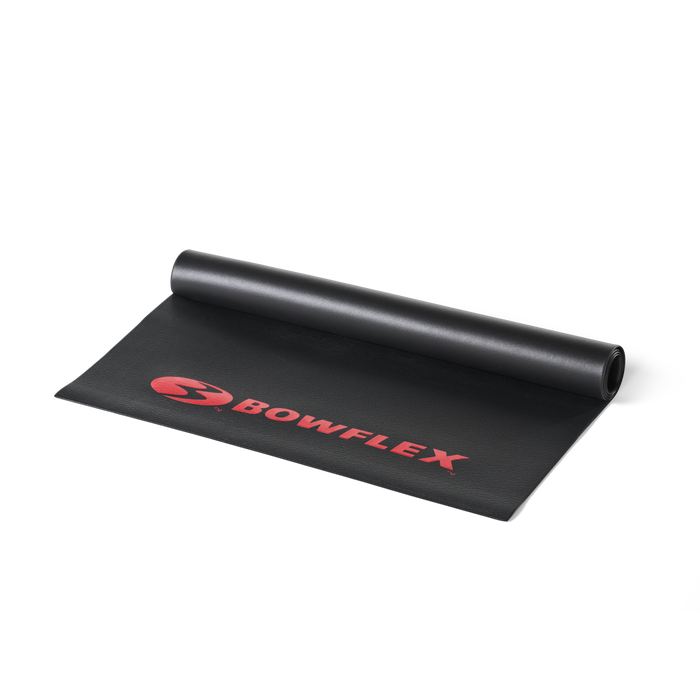Fit Tip: Leg Day Pain: DOMS Explained

You've heard the jokes, you've seen the memes, you've felt the pain, but still you may wonder why does leg day hurt so much?
The answer is DOMS- Delayed Onset Muscle Soreness, and it typically shows itself as pain, tenderness, and stiffness in your muscles 24 to 72 hours after a workout. DOMS is brought on by performing eccentric movements which are lengthening movements; picture a deadlift being eccentric vs a laying hamstring curl being concentric. Eccentric movements cause more micro-damage within the muscle fibers resulting in more pain than when performing concentric exercises.
Because your legs consist of some massive muscle groups (Quadriceps, hamstrings, glutes) and they carry your body weight around every day you need to work harder to make them stronger. In the process of strengthening them you are tearing down large amounts of muscle fibers and repairing that damage takes time and in most cases soreness, stiffness and tenderness.
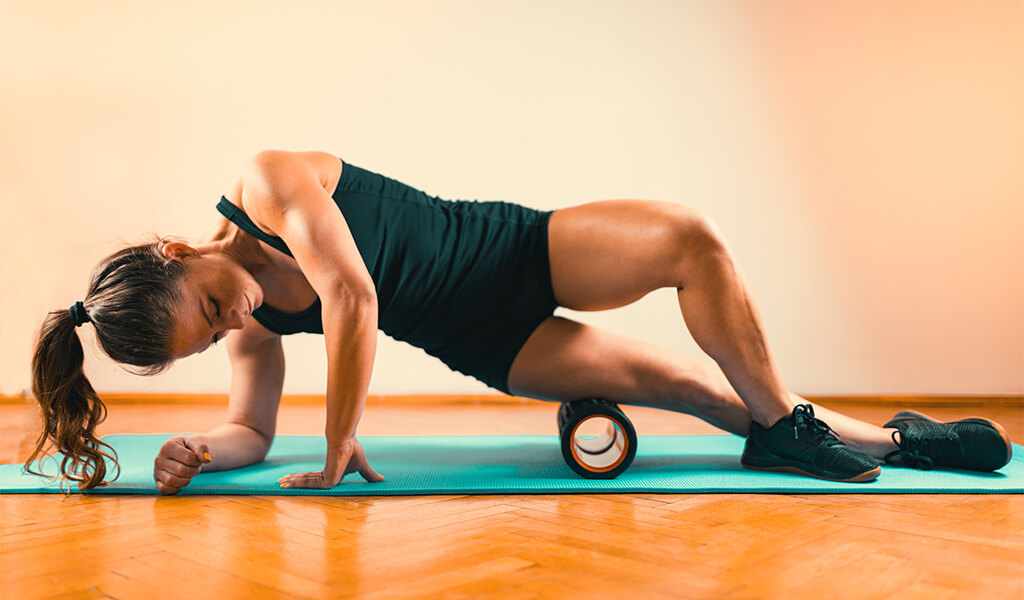
Now that you know what it is, how do you deal with it? Although DOMS is not 100% avoidable, there are steps you can take to reduce it as well as encourage faster healing.
- Warm up and cool down. 5-10 minutes on a treadmill before a strenuous workout will prepare your muscles for the strain they will be under. And 10-15 minutes of slow steady cardio post workout will allow your muscles to cool down, and return to their normal length.
- Wear compression clothing. Compression clothing restricts your muscles and helps to reduce fluid buildup and swelling during and after workouts.
- Keep moving. I know the day or 2 after leg day can be excruciating but keep moving. It doesn't take much, and the sooner the better. Just because you're not in pain now doesn't mean it’s not coming and movement now will help minimize pain later. The sooner you can resume your workouts the better. 15 to 20 min of a slow walk on a treadmill, 10min on a stairmil. Are you a runner but still sore? Do a steady 1mile jog instead of your typical 3mile run. It doesn't need to be intense, or a full blown cardio session; its prevention.
- Foam Rolling, also known as self-myofacial release, is a great way to work out knots after workouts. (Look forward to a blog digging deeper into the whys and hows of SMF).
- Epsom Salt bath. Who doesn't love a good bath?! Epson salts break down in water to become magnesium, a key mineral in muscle regeneration and flushing out lactic acid. Relaxing and healing.
- Protein. Protein is the only macronutrient that repairs muscle tissue, so eat up. The average person who is in a consistent resistance training routine should eat a minimum of 1 gram of protein per pound they weigh to achieve optimal muscle growth and repair.
- Water. Your muscles are 75% water so water consumption is critical in their healing process.
- Time. Give yourself time. I know when you have goals you think the more the better. But in the gym, rest is a necessary part of growth. Give each muscle group at least 24 hours to heal. With legs I suggest 48-72 hours between workouts. You can train every muscle group twice a week and still get rest, it just takes planning.
DOMS isn't the greatest feeling in the world, but the results are more than worth it! Use the tips above to minimize your pain and get back on track as soon as possible.
Trust the process. Always Crush It!
You may also like
Building Gym Confidence with this Leg Workout

